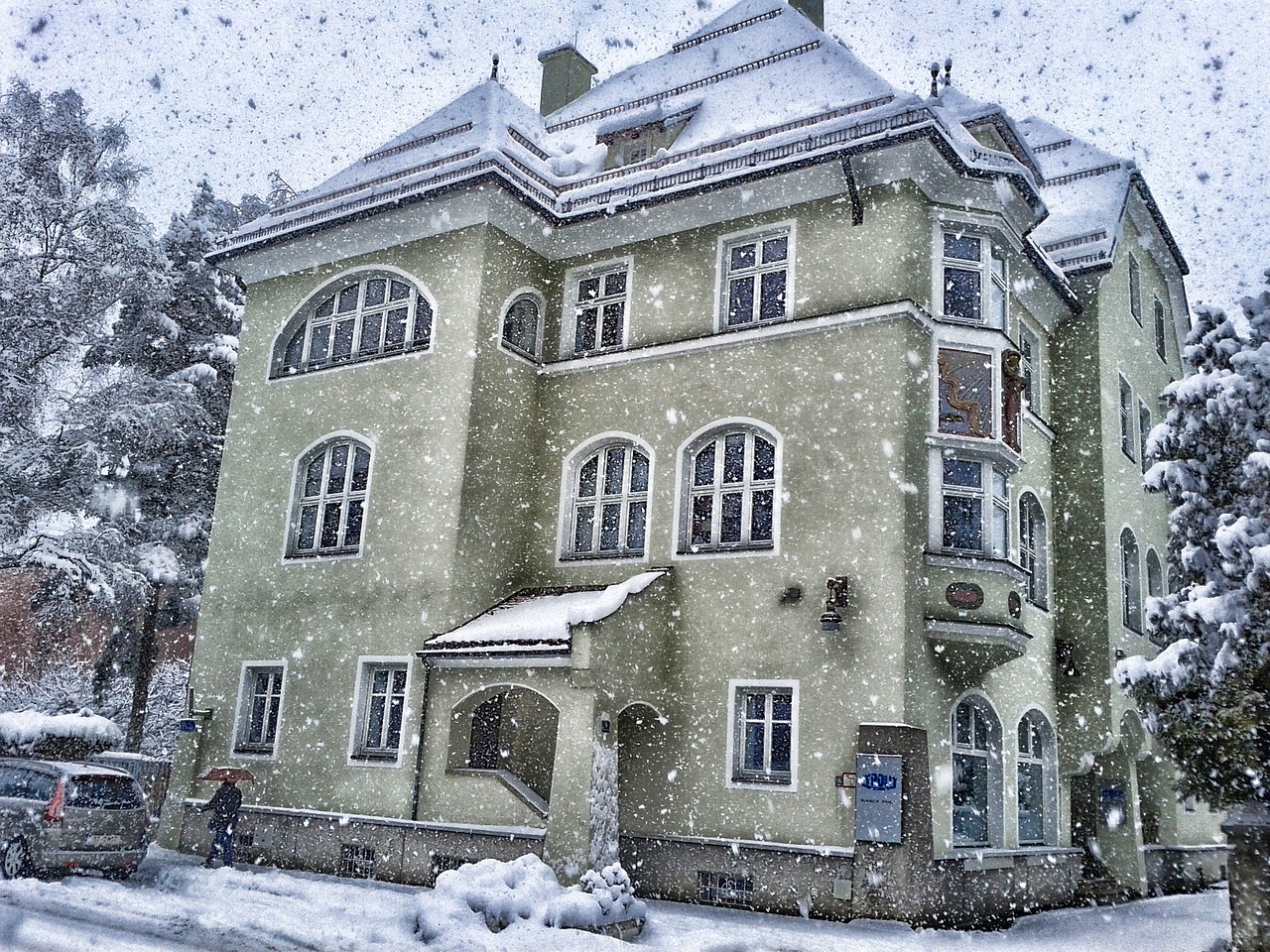Austria Video
Adapting to Austria Time Zones: Managing Remote Client Meetings
Austria is a beautiful country located in central Europe, known for its stunning landscapes, rich history, and vibrant culture. It is also home to a growing number of remote workers and businesses that operate across different time zones. Managing remote client meetings can be challenging, but with careful planning and consideration, it is possible to adapt to Austria time zones effectively. In this article, we will explore various strategies and tips for successfully managing remote client meetings in Austria.
Understanding the Time Zones
Before delving into the specifics of managing remote client meetings in Austria, it is crucial to have a clear understanding of the country’s time zones. Austria operates on Central European Time (CET), which is UTC+1 in the standard time zone. However, during daylight saving time, it follows Central European Summer Time (CEST), which is UTC+2. It is essential to keep these time differences in mind when scheduling and coordinating remote client meetings.
- Coordinate meeting times: When scheduling remote client meetings in Austria, it is crucial to coordinate meeting times that work for both parties. Consider the time zone difference and try to find a mutually convenient time slot.
- Use time zone conversion tools: To avoid confusion and errors, utilize time zone conversion tools, such as World Clock or TimeandDate, to accurately convert meeting times between your local time zone and Austria time zone.
- Be mindful of daylight saving time changes: Austria, like many other countries, observes daylight saving time. Take note of the dates when daylight saving time begins and ends to adjust meeting schedules accordingly.
Establishing Effective Communication
Effective communication is essential for managing remote client meetings in any location, including Austria. Establishing clear channels of communication and utilizing the right tools can significantly enhance collaboration and productivity.
- Choose appropriate communication platforms: Select communication platforms that facilitate seamless communication, such as video conferencing tools like Zoom or Microsoft Teams, instant messaging platforms like Slack or Microsoft Teams, and email for formal documentation.
- Set clear expectations: Clearly communicate meeting agendas, objectives, and expectations to all participants in advance. This ensures that everyone is on the same page and prepared for the meeting.
- Encourage active participation: Foster an environment that encourages active participation from all meeting participants. Encourage questions, feedback, and open discussions to ensure effective collaboration.
Planning and Scheduling
Proper planning and scheduling are crucial for successful remote client meetings. When managing remote client meetings in Austria, consider the following tips:
- Plan for flexibility: Be flexible with meeting schedules to accommodate time zone differences. Consider rotating meeting times to ensure that all participants have the opportunity to attend meetings at a reasonable hour.
- Consider cultural norms and holidays: Familiarize yourself with Austrian cultural norms and public holidays to avoid scheduling conflicts. Be mindful of holidays and plan meetings accordingly.
- Send meeting invitations in advance: Send meeting invitations well in advance, including the meeting agenda and any required materials. This allows participants to prepare and make necessary arrangements.
Managing Meeting Etiquette
Maintaining proper meeting etiquette is essential for remote client meetings in Austria. Consider the following tips to ensure a professional and productive meeting environment:
- Be punctual: Respect the time of all meeting participants by starting and ending meetings on time. Being punctual demonstrates professionalism and respect for others’ schedules.
- Engage in active listening: Practice active listening during meetings to ensure that you fully understand and address the concerns and inputs of all participants. This promotes effective communication and collaboration.
- Use professional language and tone: Maintain a professional language and tone during remote client meetings. Be respectful and considerate of cultural differences to foster a positive and inclusive meeting environment.
Austria Image 1:

Collaboration and Documentation
Collaboration and documentation are essential aspects of remote client meetings. Utilize appropriate tools and strategies to ensure efficient collaboration and accurate documentation.
- Use collaborative project management tools: Employ project management tools like Asana or Trello to facilitate collaboration, assign tasks, and track progress. These tools help keep everyone on the same page and ensure accountability.
- Take meeting minutes: Assign someone to take meeting minutes during remote client meetings. These minutes provide a record of discussions, decisions, and action items, ensuring that nothing is missed.
- Share relevant documents and files: Utilize file-sharing platforms like Google Drive or Microsoft OneDrive to share relevant documents and files before, during, and after remote client meetings. This ensures that all participants have access to the necessary information.
Handling Technical Challenges
Remote client meetings can sometimes be plagued by technical challenges. Prepare for such situations and have contingency plans in place to minimize disruptions.
- Test technology in advance: Test the meeting platform, audio, and video equipment before the scheduled meeting time. Ensure that all participants are familiar with the technology and have the necessary access and permissions.
- Have backup communication methods: In case of technical difficulties, have alternative communication methods available, such as phone calls or instant messaging. This allows for seamless communication even if the primary meeting platform encounters issues.
- Designate a technical support contact: Assign someone as the technical support contact who can troubleshoot issues and provide assistance during the meeting. This ensures that technical challenges are addressed promptly.
Austria Image 2:

Conclusion
Managing remote client meetings in Austria requires careful planning, effective communication, and adaptability. By understanding the time zones, establishing clear communication channels, planning and scheduling effectively, maintaining proper meeting etiquette, promoting collaboration and documentation, and handling technical challenges, you can successfully navigate remote client meetings and foster productive relationships with clients in Austria.
Austria Image 3:

References
– TimeandDate: www.timeanddate.com
– Zoom: www.zoom.us
– Microsoft Teams: www.microsoft.com/teams
– Slack: www.slack.com
– Asana: www.asana.com
– Trello: www.trello.com
– Google Drive: www.google.com/drive
– Microsoft OneDrive: www.onedrive.live.com


